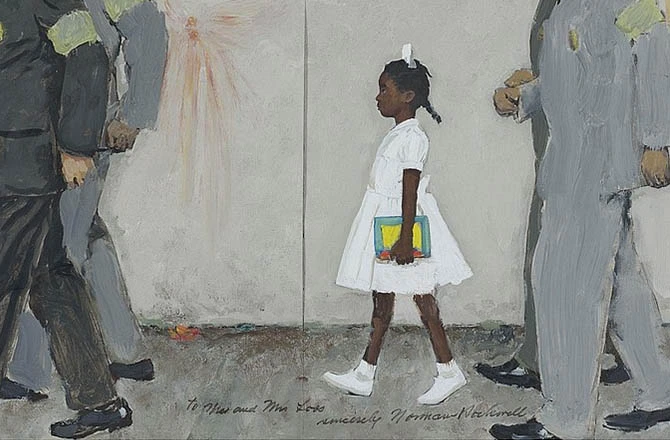Astronomers Revise Timeline of Milky Way's Last Major Merger
2024
The Milky Way's history is more recent and dynamic than previously believed. This revelation comes from data collected by the European Space Agency's Gaia spacecraft, which is mapping over a billion stars in the Milky Way and beyond. Gaia tracks their motion, luminosity, temperature, and composition, offering unprecedented insights into our galaxy’s past.
The Milky Way has expanded over time by absorbing smaller galaxies. Each collision left ripples in the star populations, altering their movement and behavior. Gaia aims to decode the Milky Way’s history by examining these ripples, focusing on the positions and motions of over 100,000 nearby stars. This is just a small sample of the approximately two billion celestial bodies Gaia observes.
Dr. Thomas Donlon from Rensselaer Polytechnic Institute and the University of Alabama explained, "We get wrinklier as we age, but our work reveals that the opposite is true for the Milky Way. It’s a sort of cosmic Benjamin Button, getting less wrinkly over time." He noted that by studying how these ripples diminish, scientists can determine when the Milky Way had its last significant merger. This event occurred billions of years later than previously estimated.
The Milky Way’s halo contains a large group of stars with unusual orbits, thought to be remnants of a major merger. This merger, known as Gaia-Sausage-Enceladus, was believed to have occurred between eight and eleven billion years ago, when the Milky Way was young. However, Gaia’s latest data suggests these stars arrived during a different event, much more recent than once thought.
Dr. Heidi Jo Newberg from Rensselaer Polytechnic Institute stated, "For the wrinkles of stars to be as clear as they appear in Gaia data, they must have joined us less than three billion years ago — at least five billion years later than was previously thought." She explained that new star ripples form as stars move through the Milky Way's center. If the stars had joined eight billion years ago, the ripples would have merged into a single feature.
The findings propose that these stars came from a more recent event named the Virgo Radial Merger, which occurred less than three billion years ago. This discovery reshapes the understanding of the Milky Way’s history.
Dr. Donlon highlighted the importance of Gaia’s contributions, "The Milky Way’s history is constantly being rewritten at the moment, in no small part thanks to new data from Gaia." He added that the picture of the Milky Way’s past has changed significantly in the last decade, and this understanding will continue to evolve.
The revelation that a large portion of the Milky Way was acquired only in the last few billion years contradicts previous models. Many astronomers had considered recent major collisions with dwarf galaxies to be rare. The Virgo Radial Merger likely brought along other smaller dwarf galaxies and star clusters, all joining the Milky Way simultaneously.
Future research will determine which smaller objects, previously associated with the ancient Gaia-Sausage-Enceladus merger, are actually linked to the more recent Virgo Radial Merger.
Source
